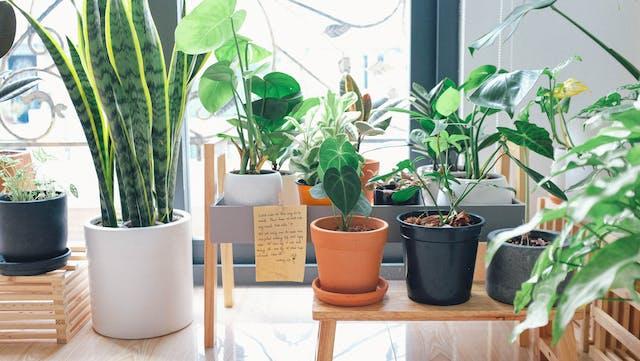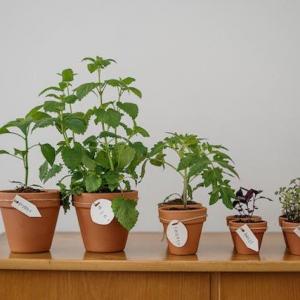
Introduction
Pruning is an essential gardening technique that helps shape and maintain the health of plants. Proper pruning not only improves the appearance of plants but also encourages healthy growth and abundant blooms. However, different plants require specific pruning methods to achieve the best results. In this guide, we will provide you with tips on pruning techniques for a variety of flora.Shrubs and Bushes
- Regularly prune shrubs and bushes to maintain their shape and size.- Use hand pruners or loppers to remove dead, damaged, or crossing branches.
- Prune just above a bud or side branch to encourage new growth in the desired direction.
- Thin out dense shrubs by selectively removing some branches to improve air circulation and reduce disease risk.
Trees
- Prune young trees to establish a strong structure and remove competing branches.- Remove any dead, diseased, or damaged branches using pruning shears or a pruning saw.
- For larger branches, use the three-cut method: make an undercut, a top cut, and a final cut to prevent tearing.
- Avoid pruning large branches during the growing season as it can be stressful for the tree. Prune during dormancy instead.
Roses
- Regularly prune roses to maintain their shape, increase airflow, and promote healthy blooming.- Use sharp bypass pruners or rose pruners to make clean cuts at a 45-degree angle just above an outward-facing bud.
- Remove any dead, weak, or crossing branches.
- Cut back hybrid tea roses by about one-third of their height in early spring to encourage new growth and blooms.
Fruit Trees
- Prune fruit trees during their dormant season to shape the canopy, remove dead or diseased wood, and improve fruit production.- Use clean and sharp pruning tools to make clean cuts just outside the branch collar.
- Remove any suckers or water sprouts growing from the base of the tree.
- Thin out excess fruit-bearing branches to ensure adequate sunlight and airflow.
Vines
- Prune vines, such as clematis or wisteria, to control their growth and encourage flowering.- Prune clematis varieties in early spring before new growth begins. Remove dead or weak stems and shape the vine as desired.
- Wisteria should be pruned twice a year: once in late winter to remove excess growth and once in summer to control the size and shape.
- Cut back the lateral branches of wisteria to about 6 inches to encourage the formation of flower buds.
Perennial Flowers
- Cut back perennial flowers in late fall or early spring to promote new growth and tidy up the garden.- Remove dead flower heads to encourage continuous blooming and prevent the plant from expending energy on seed production.
- Cut back the entire plant to a few inches above the ground if it has become woody or overgrown.
Evergreen Plants
- Prune evergreen plants, such as boxwoods or hedges, to maintain their shape and density.- Use hand pruners or hedge shears to trim the outer edges of the plants, following their natural shape.
- Avoid cutting into the old wood, as it may not regrow.
- Prune lightly and frequently to avoid cutting off too much foliage at once.
Herbaceous Plants
- Herbaceous plants, like lavender or sage, benefit from regular pruning to maintain their shape and encourage new growth.- Prune in early spring before new growth emerges or after flowering, depending on the plant.
- Cut back one-third to one-half of the plant's height, making clean cuts just above a set of leaves.
- Remove any dead or damaged stems.
Conclusion
Pruning is a crucial technique for maintaining the health and appearance of a variety of plants. By understanding the specific pruning needs of different flora, you can ensure that your plants thrive and look their best. Whether you're pruning shrubs, trees, roses, fruit trees, vines, perennials, evergreens, or herbaceous plants, follow the appropriate techniques to shape, tidy, and encourage healthy growth. Remember to use clean and sharp pruning tools, make clean cuts, and prune at the right time to achieve optimal results.
Article
Be the first comment
Elite Article














